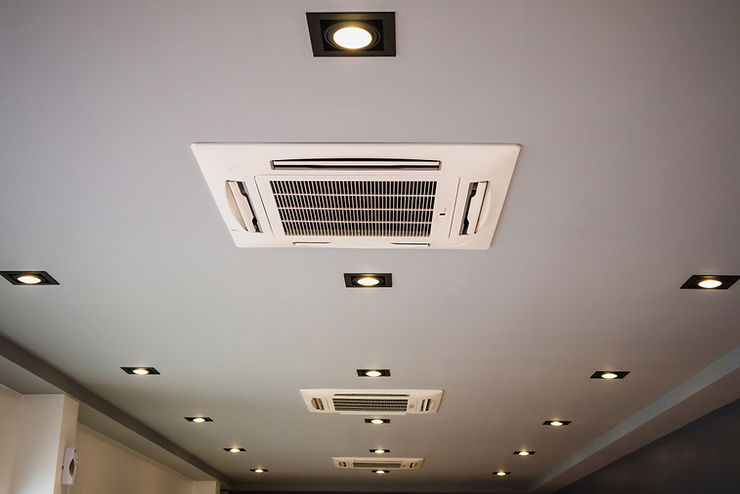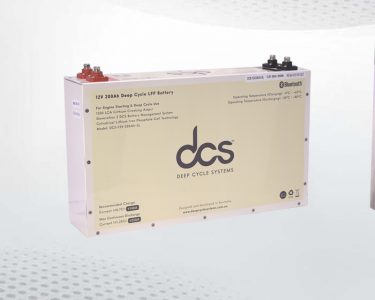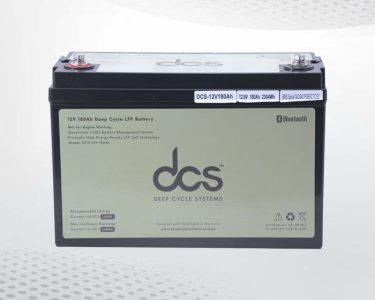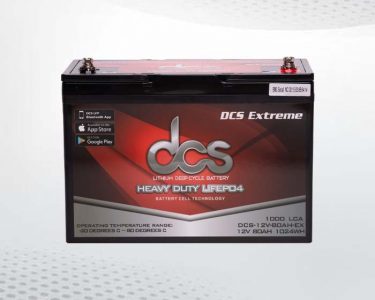Are you looking for an energy-efficient and cost-effective way to maintain a comfortable temperature in your home all year round? Look no further than reverse cycle air conditioning. This versatile system can provide both heating and cooling, making it an ideal choice for homeowners in varying climates. In this article, we will explore the ins and outs of reverse cycle air conditioning, including how it works, the different types available, and the benefits of investing in this technology. Let’s dive in!
1. How Reverse Cycle Air Conditioning Works
Reverse cycle air conditioning, also known as a heat pump, is a versatile system that can both heat and cool your home. It works by transferring heat from one area to another, depending on the desired temperature. In cooling mode, the system extracts heat from the indoor air and expels it outside, leaving behind cool air. In heating mode, the process is reversed, with the system absorbing heat from the outdoor air and transferring it inside to warm your home.
This process is made possible by a refrigeration cycle, which involves the circulation of refrigerant between two coils – an evaporator coil and a condenser coil. The refrigerant absorbs heat from one coil and releases it at the other, depending on whether the system is in heating or cooling mode. The key component that allows for this reversal of the refrigeration cycle is the reversing valve, which directs the flow of refrigerant to switch between heating and cooling functions.

2. Types of Reverse Cycle Air Conditioning Systems
There are two main types of reverse cycle air conditioning systems: ducted systems and split systems. Both options have their own set of advantages and are suitable for different types of homes and budgets.
a. Ducted Systems
Ducted reverse cycle air conditioning is a whole-home solution that uses a network of ducts and vents to distribute conditioned air throughout your home. The indoor unit is typically installed in the roof space or under the floor, while the outdoor unit is placed outside the home. Ducted systems are ideal for larger homes or those with open floor plans, as they can provide even temperature control across multiple rooms.
b. Split Systems
Split system reverse cycle air conditioning consists of an indoor unit and an outdoor unit, which are connected by refrigerant piping. These systems are ideal for single rooms or smaller spaces, as they can be installed on a room-by-room basis. One of the key benefits of split systems is their flexibility, as you can choose to install units in only the areas of your home that require temperature control. Some split systems also feature inverter technology, which allows the system to adjust its output to match the required heating or cooling load, resulting in greater energy efficiency.
3. The Advantages of Reverse Cycle Air Conditioning
a. Energy Efficiency
Reverse cycle air conditioning systems are known for their energy efficiency, as they can provide both heating and cooling using a single system. This means you won’t need separate systems for each function, reducing your overall energy consumption. In addition, many reverse cycle systems feature inverter technology, which adjusts the system’s output to match the required heating or cooling load, minimizing energy waste.
b. Cost-Effectiveness
While the initial cost of a reverse cycle air conditioning system may be higher than other types of heating and cooling systems, the long-term savings can be significant. Due to their energy efficiency, reverse cycle systems can result in lower energy bills over time. Furthermore, as these systems provide both heating and cooling, you won’t need to invest in separate systems for each function, reducing your overall costs.
c. Temperature Control
One of the main benefits of reverse cycle air conditioning is its ability to provide precise temperature control. These systems can maintain a consistent temperature throughout your home, ensuring that you remain comfortable all year round. In addition, many systems feature programmable thermostats, which allow you to set your desired temperature and have the system automatically adjust its output to maintain that temperature.
d. Environmentally Friendly
Reverse cycle air conditioning systems are an environmentally friendly option for temperature control, as they produce fewer greenhouse gas emissions than other types of heating and cooling systems. In addition, many systems are equipped with filters that can remove dust, pollen, and other airborne particles, improving the indoor air quality in your home.
4. Selecting the Right System for Your Home
When choosing a reverse cycle air conditioning system for your home, it’s important to consider factors such as the size of your home, your budget, and your specific heating and cooling needs. A professional HVAC contractor can help you determine the best system for your home, taking into account factors such as the seasonal energy efficiency ratio (SEER) of the system, the size of the indoor and outdoor units, and the overall installation costs.
5. Installation and Maintenance Considerations
Proper installation and maintenance are essential for the optimal performance and longevity of your reverse cycle air conditioning system. It’s important to work with a qualified HVAC contractor to ensure that your system is installed correctly, and that any necessary maintenance is performed on a regular basis. This may include tasks such as cleaning or replacing filters, inspecting, and cleaning the coils, and checking the refrigerant levels.
6. Conclusion: Making the Smart Choice for Your Home
Reverse cycle air conditioning is a versatile, energy-efficient, and cost-effective solution for maintaining a comfortable temperature in your home all year round. By understanding the different types of systems available and the benefits of this technology, you can make an informed decision about the best system for your home. With the right system in place, you can enjoy the comfort and efficiency that reverse cycle air conditioning has to offer.







